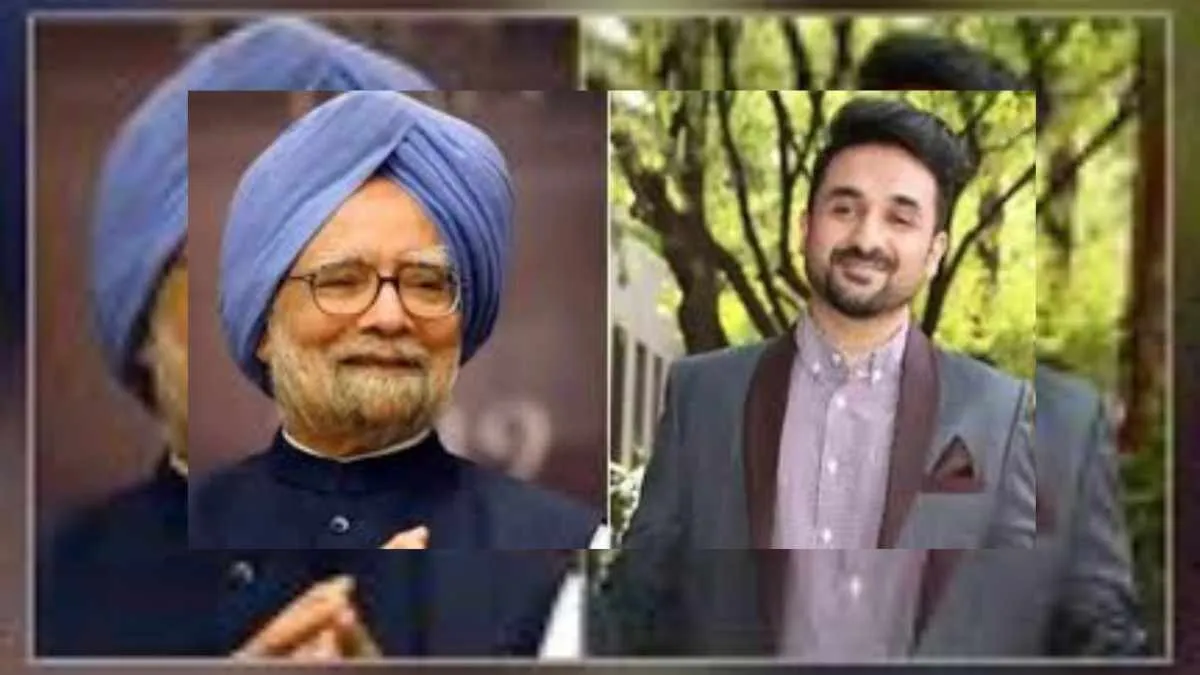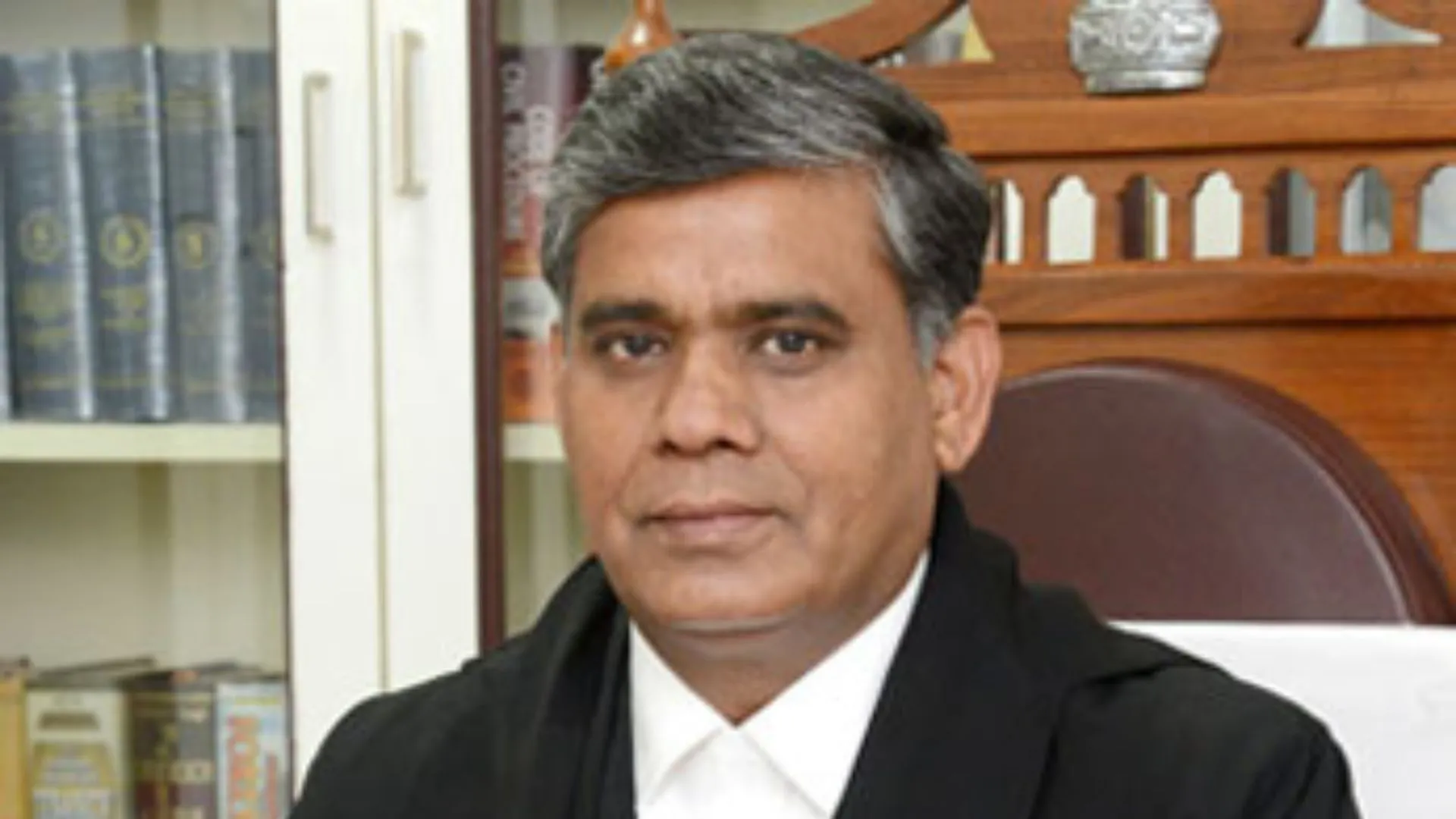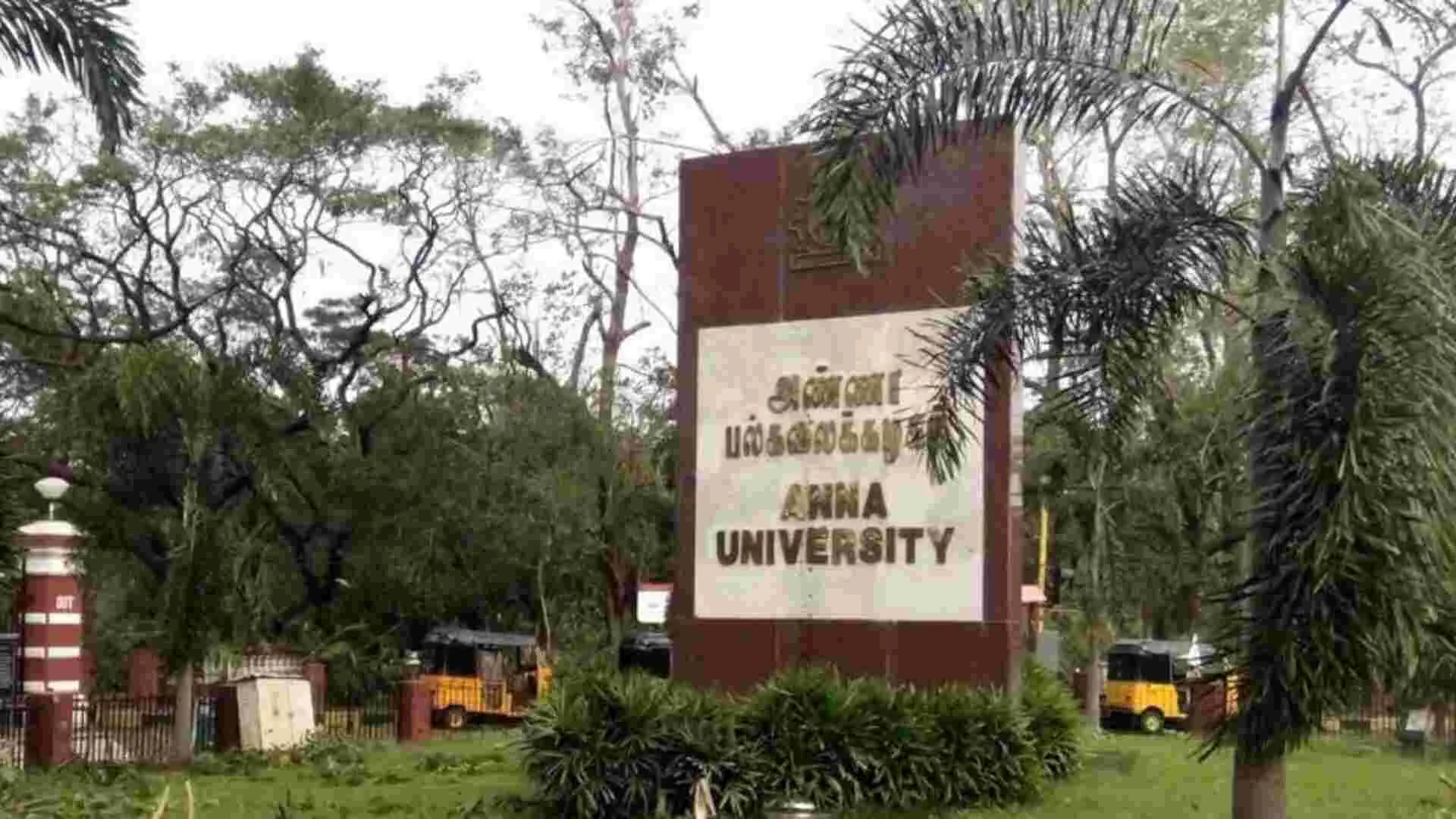The relations between the academic community and the Hindu community have recently come to be characterised by a sharp debate, which has also spilled over into journalism and the Internet. This development has been prompted by the reservations expressed by a significant number of Hindus in North America and India over the way Hinduism is portrayed in the Western academia and by the vigorous response of the academic community to such criticism.
As an academic, who is also a Hindu—or conversely, as a Hindu, who is also an academic—I (along with some of my other Hindu colleagues) stand at the volatile point of intersection between these two communities. This makes my role in the debate particularly fraught. I shall, nevertheless, try to address the issue or issues involved.
It seems to me that the issue first needs to be viewed on the broadest canvas possible, namely, that of the history of ideas.
Such a historical perspective is best developed by utilising the distinction regularly drawn in the study of religion between the insider and the outsider, notwithstanding some problems of definition involved in invoking this distinction. From the point of view of this distinction, the study of religion seems to exhibit a four-fold typology in terms of the modalities of transmission involved, in the context of how the study of the various religious traditions has proceeded over the past few centuries: (1) insider to insider; (2) outsider to outsider; (3) outsider to insider; and (4) insider to outsider. The various religions flourished in relative isolation in the pre-modern era. Historians do warn us that perceptions of such isolation may be somewhat exaggerated, but no one has seriously challenged the view that the main channel of communication involving the various religious traditions during this phase was from insider to insider.
This state of affairs began to change with the rise of the West and the onset of the modern era. During this phase, as the West became familiar with the religions of the Americas, Africa, and Asia, one main mode of transmission about these religions became one from outsider to outsider even as the other continued.
Western scholars, outsiders to these various religious traditions, began sharing their knowledge about them with other Westerners, who were as much outsiders to the religious traditions they were receiving information about as those providing it. The West, however, began to control the intellectual discourse in its colonies as the Western domination of the world became institutionalised in the form of colonialism, and the insiders to these traditions began to be profoundly affected, even in their self-understanding of their own religious traditions, by Western accounts.
Thus another dimension was added to the manner in which religious communication was taking place—from outsider to insider. This age of European imperialism had run its course by the end of World War II and the direction of the discourse took yet another turn with the liberation of the former colonies.
The members of the various non-Western religious traditions began to challenge their colonial descriptions in the post-colonial world. Now the insiders themselves began to claim the right to tell the outsiders about their faith, thus reversing the flow of information from outsider to insider, to insider to outsider.
The present tensions arguably reflect the state of discourse about Hinduism at this cusp of insider to outsider.
If the perspective presented above possesses some merit, then we now stand at a turning-point in the relationship among the interlocutors in the study of religion. Historical changes, however, are not linear even when their direction is discernible. Historical changes are more like the changes in ocean flows caused by tides. It is sometimes not apparent that the tide has begun to turn, even when it has. And even as the tide advances there are backflows, which tend to confuse the onlooker. Such a tidal shift also generates eddies and undercurrents. The going is not always as smooth as at high tide, when the scene takes on a serene aspect and the ocean seems to bare its bosom to the moon, as Wordsworth might say.
This metaphor, if not off the mark, may serve to both illustrate and explain the messiness of the present situation. However, although it might make it more understandable, it does not make it easier to deal with, for many issues demand our attention at the same time.
One is thus forced to be selective, one hopes without being arbitrary. I would like to identify nine such issues that stare us in the face. I hope these issues will resonate with the readers independently of whether they belong to the academic community or the Hindu community. I shall employ a rubric to encapsulate the key point of each of the issues I wish to foreground, in the hope that the expressions being employed to describe them will become increasingly clear as we proceed. These nine encapsulating expressions are the following:
• The Response Threshold
• Cognitive versus non-cognitive approaches
• Bias and error
• The Genetic Fallacy
• The Observer Effect
• The Distinction between an Academic and a Polemical Work
• The Idea of Purvapaka
• Objectivity as an Academic Desideratum
• Actor and Spectator
THE RESPONSE THRESHOLD
We owe this expression to Professor Eric J. Sharpe. He writes: A “response threshold” is crossed when it becomes possible for the believer to advance his or her own interpretation against that of the scholar. In classical comparative religion this was hardly a problem, since most of the scholar’s time was spent investigating the religions of the past and often of the very remote past. Interpretations might be challenged, but only by other specialists working according to Western canons and conventions. Today, by contrast, a greater proportion of study is devoted to contemporary, or at least recent, forms of living traditions. The study of religion often shades into a dialogue of religions, in which the views of both partners are (at least in theory) equally important. The response threshold implies the right of the present-day devotee to advance a distinctive interpretation of his or her own tradition—often at variance with that of Western scholarship—and to be taken entirely seriously in so doing.
What one is thus experiencing now in the academic world is the crossing of the response threshold by the Hindu community in North America and India. This community in North America has reached the critical demographic mass, when its reactions can no longer be disregarded; it is also displaying a new assertiveness in India. As teachers of religion we have perhaps already had our own experience of the response threshold being crossed by our students, when we have fielded questions from those who belong to the very faith about which we are teaching them.
This raises the question: How should members of the academic community react when members of the faith community, and not just members of the student community or colleagues in the academic community, cross the response threshold? The answer to this question is now in the process of being formulated.
COGNITIVE VERSUS NON-COGNITIVE APPROACHES
It is clear from the documentation around this debate that the protest is not always about the facts that may be adjudicated on the basis of evidence but often about interpretations, which do not seem susceptible to such verification. The main achievements of modern science proceeded from the falsifiability of its hypotheses but such does not seem fully applicable to the case here. We thus need to distinguish clearly between cognitive and non-cognitive approaches to the study of religion: “When we assert that what we take to be a fact (or deny what is alleged to be a fact), we are using language cognitively. ‘The population of China is one billion,’ ‘This is a hot summer,’ ‘Two plus two makes four,’ ‘He is not here’ are cognitive utterances. Indeed, we can define a cognitive (or informative or indicative) sentence as one that is either true or false.” Thus the statement that ‘Sanskrit is the language in which many sacred texts of Hinduism were composed’ represents an example of the cognitive use of language. “There are, however, other types of utterances which are neither true nor false because they fulfill a different function from that of endeavouring to describe facts.” When it is proposed that ‘Sanskrit is the language which contributes to social and political oppression,’ then this statement cannot be said to be true or false in the sense that the statement about it ‘being the language in which many sacred texts of Hinduism were composed’ could be considered to be so.
When we ask whether a claim is cognitive or non-cognitive, the “query at once divides into two: (1) Are such sentences intended by their users to be construed cognitively? (2) Is their logical character such that they can, in fact, regardless of intention, be either true or false?” Once the Western presentation of the tradition, which happens to be non-cognitive in nature, is attacked by the followers of the tradition, the non-cognitive approach may be far more open to frisson than if the cognitive approach were being employed. One could perhaps appeal to the verdict of the “academic community” on the point, just as one might determine the stance of a “faith community.” However, the fact that the approach is non-cognitive, which is to say non-falsifiable in the usual sense, either historically or phenomenologically, does seem to suggest that a new set of criteria might be required to asses it. This makes the study of religion less of a science to that extent, and more of an art. It also complicates claims to academic freedom, for how is one to adjudicate the charge of the community that, in a particular instance, an exercise in academic freedom has degenerated into an exercise in academic licence, and that the exercise in academic license, in turn, has further degenerated into an exercise in academic licentiousness?
The current controversy thus enables us to identify a new challenge: How to adjudicate differences of opinion, sometimes sharp, between the academic and faith communities, with criteria ideally acceptable to both, when the non-cognitive use of language is involved?
BIAS AND ERROR
It has been alleged during this debate that some, or even many, academics are either biased or in gross error when dealing with some aspects of Hinduism. However, fallibility is a human condition – no one is either infallible or capable of achieving Archimedean objectivity. Both common sense and humanity demand that some procedures be devised in our field for distinguishing between random human error and error caused by bias (conscious or unconscious).
The task might appear insurmountable on the face of it, but there is good news. Statistics as a science is concerned with, and indeed has, evolved ways of distinguishing between random error and systematic error (or bias) through the process known as hypothesis-testing. It is a pity that for all the popularity statistics enjoy, no one has been willing to give this scientific turn to the discussion of Orientalism. What one needs is a data bank of examples of (alleged) biases and errors pertaining to a work, an individual scholar, or to the field in general. This will make it at least theoretically possible to identify both Orientalist as well as chauvinistic excesses in the current discourse perpetrated by “outsiders” and “insiders” respectively.
The current situation thus enables us to identify a third new challenge: The need for creating a data base for which the following acronym is proposed—ASBESTOS (Archives for the Study of Bias and Error in the Study and Teaching of Religions). As applied to Hinduism, it should document instances of bias and error identified by concerned parties, both in the Western presentation of Hinduism as well as in the presentation of Hinduism by the Hindus. This will level the playing field and provide the basis for achieving greater academic objectivity, an aim worth pursuing even if we think it is an aim which can only be approached asymptotically.
(Part 1 of the 3-part series.)
The writer is the Birks Professor of Comparative Religion at the McGill University in Montréal, Canada. He is also associated with the Nalanda University in India. The views expressed are personal.













